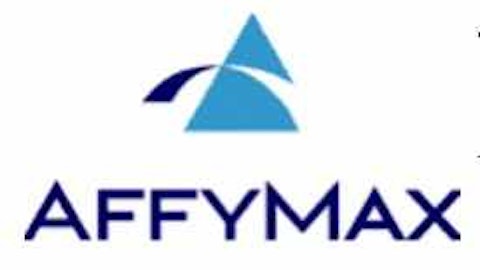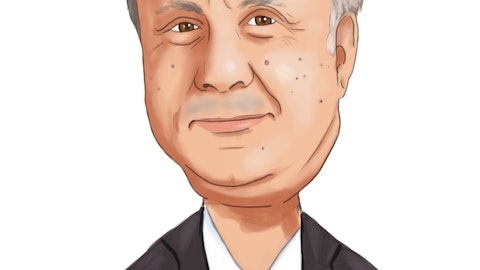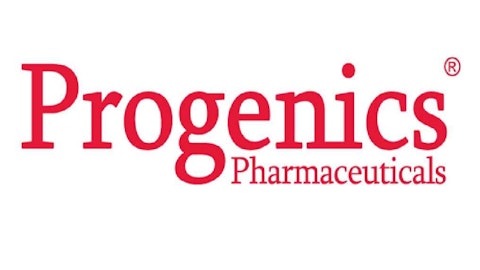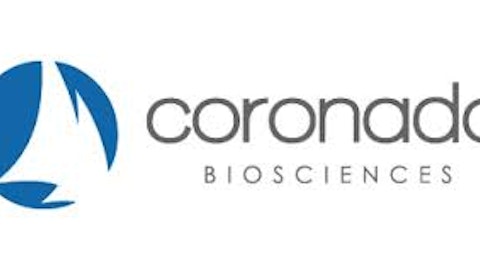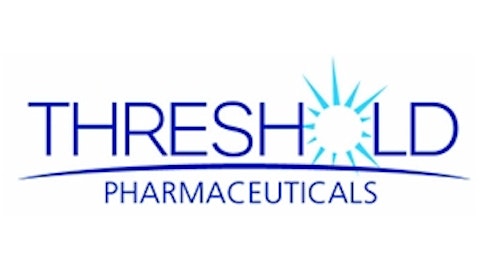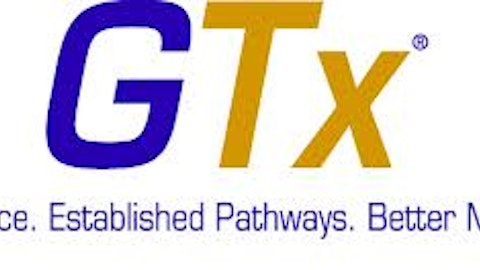Thomas Heineman: Okay. So, the €“ I mean it’s impossible to say exactly what numerical difference we would consider meaningful. But I think we would obviously want a difference that is a clear separation between the arms, 6 months versus 6.2 months or something would not move the needle, but a separation that is, I think substantial on a proportional level would be very meaningful. And so that’s what we would be looking for. With regard to the €“ that, by the way, applies to both objective response and the PFS because we are looking at both of those endpoints in the media readout that’s coming along. For the overall survival, it’s impossible to predict when that will be mature precisely because patients €“ it depends on how patients do on the study. But I think that it’s likely that those data would be available in the first quarter, second quarter, third quarter of next year, something in that timeframe.
Patrick Trucchio: Tom, could you maybe speak to how that affects our decision-making process in terms of looking at our Phase 3?
Thomas Heineman: Sure. Yes, sure. Sorry. Yes. I think that in breast cancer, historically, both objective response rate and even more so, PFS have been very predictive of the overall successive treatments in PFS, as you were probably aware, is in and of itself, a licensable endpoint based on prior experience. So, we would view any objective response and PFS data is very impactful in moving forward and would not consider it necessary to wait for overall survival data to move on to the next step in that program.
Patrick Trucchio: Great. And then just as just as a reminder in terms of how the agreement with Pfizer, how that impacts potential collaboration going forward?
Matt Coffey: Andrew?
Andrew de Guttadauro: Sure. They had €“ Pfizer has a period of review where they can review the data before it can be shared with anybody else under confidentiality. That period is over. But that doesn’t mean that Pfizer isn’t still looking at the data because the data is still maturing as Tom mentioned. So, we are now outside that period, so we can under confidentiality agreement, also share the data with other parties besides Pfizer.
Patrick Trucchio: Got it. And then earlier just discussed having a competitive process for a potential collaboration, I am wondering if you could elaborate a little bit more on that level of engagement with these potential partners, especially after the initial GOBLET data. And if there is particular interest in breast or pancreatic, and so could one data set or the other be more impactful driver of these collaboration discussions?
Andrew de Guttadauro: I think both are equally critical. If I had to bet, I would say breast is a little more so just because we have a broader body of data, but Pfizer €“ the panc-data really drove some interest in BD. So, we have quite a few companies that are looking at the data across both pancreatic and breast. And I think it’s the fact that you have two shots on goal actually strengthens both your credibility of the data overall, but also allows you to basically drive more interest. So, there are certainly certain companies that are breast or in GI cancers that have more of a bias towards one or the other. But I would say anybody who is interested in one is also asking about the other. I have yet to see anybody who just wants to review panc or breast.
Patrick Trucchio: Great. Thank you very much.
Operator: Thank you. There are no further questions at this time. You may proceed.
